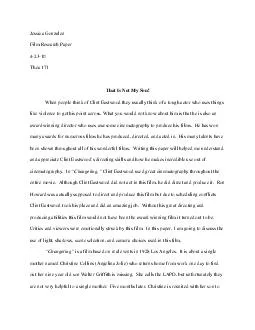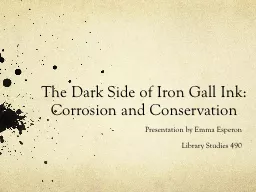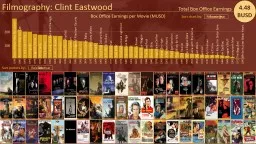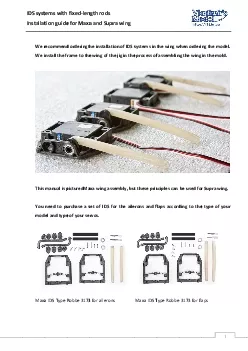PDF-Jessica Gonzalez Film Research Paper Thea That Is Not My Son When people think of Clint
Author : alexa-scheidler | Published Date : 2015-01-17
What you wou ld not know about him is that he is also an award winning director who uses awesome cinematogra phy to produce his films He has won many awards for
Presentation Embed Code
Download Presentation
Download Presentation The PPT/PDF document "Jessica Gonzalez Film Research Paper Th..." is the property of its rightful owner. Permission is granted to download and print the materials on this website for personal, non-commercial use only, and to display it on your personal computer provided you do not modify the materials and that you retain all copyright notices contained in the materials. By downloading content from our website, you accept the terms of this agreement.
Jessica Gonzalez Film Research Paper Thea That Is Not My Son When people think of Clint: Transcript
Download Rules Of Document
"Jessica Gonzalez Film Research Paper Thea That Is Not My Son When people think of Clint"The content belongs to its owner. You may download and print it for personal use, without modification, and keep all copyright notices. By downloading, you agree to these terms.
Related Documents














